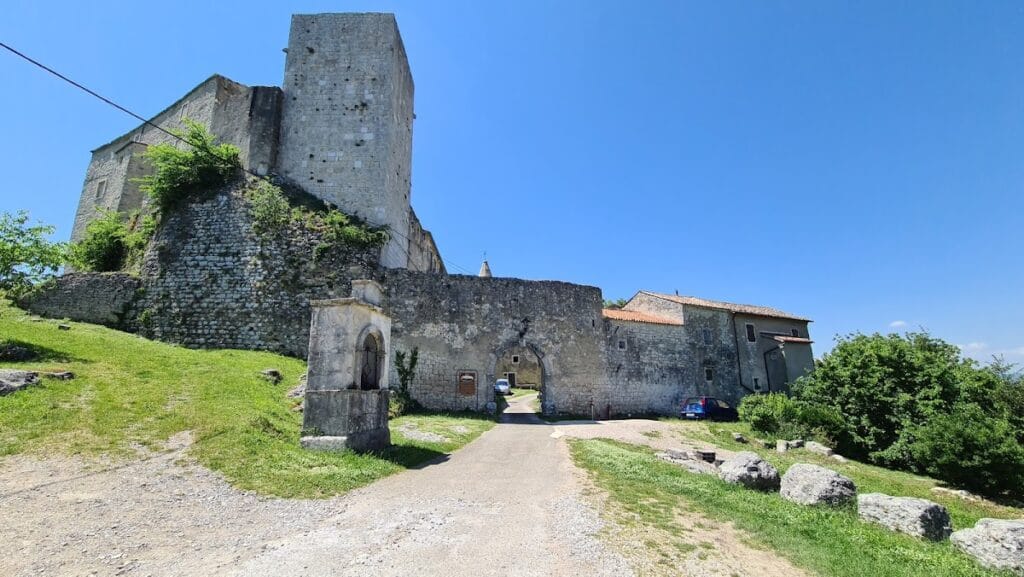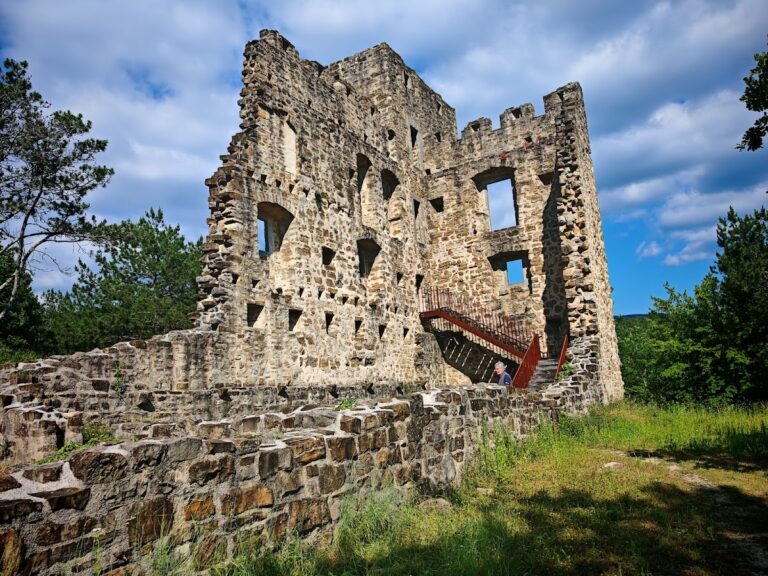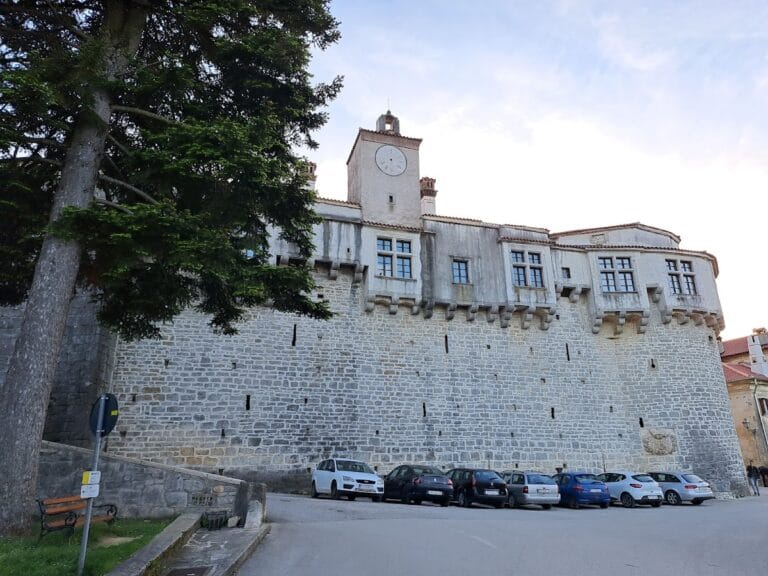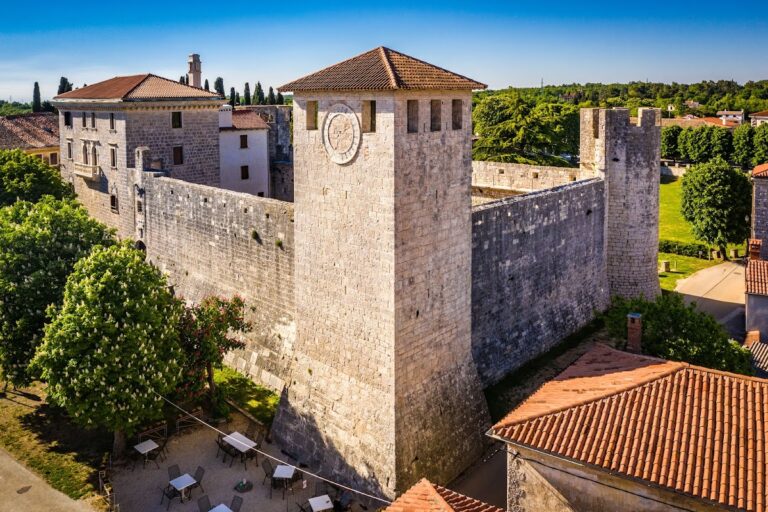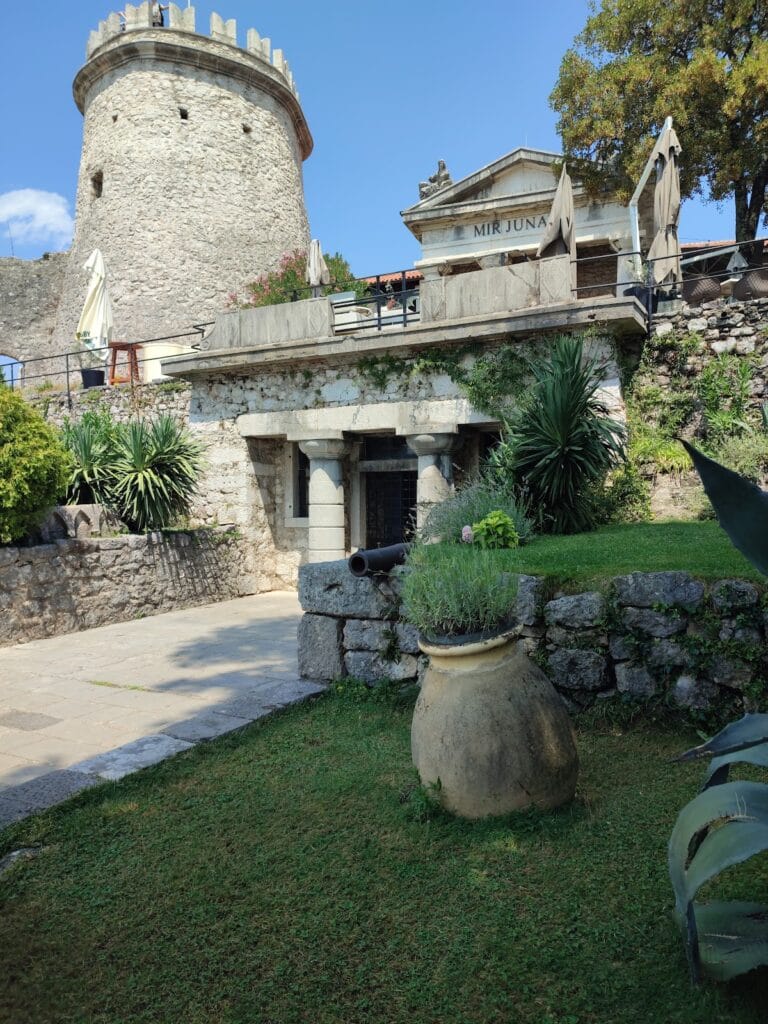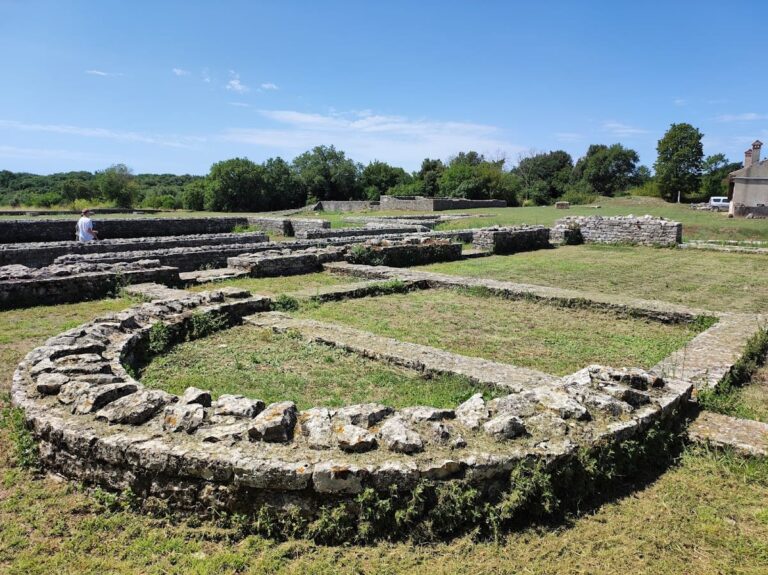Kršan Castle: A Medieval Fortress in Croatia
Visitor Information
Google Rating: 4.5
Popularity: Low
Google Maps: View on Google Maps
Country: Croatia
Civilization: Medieval European
Remains: Military
History
Kršan Castle, located in the municipality of Kršan in present-day Croatia, was constructed by medieval European nobility, with its origins dating back to the late 13th century. Although the exact date of its foundation remains unclear, the fortress was first recorded in written sources in 1274 under the name “Castrum Carsach.”
At that time, the castle was owned by the Patriarch of Aquileia, an important ecclesiastical and political authority in the region. Later in 1274, administration of the site transferred to the Counts of Pazin, a noble family which took over many lands in the area. By the early 14th century, Henrik of Pazin had become the lord of Kršan, founding a branch of the Kerstlein family associated with the castle. Demonstrating both religious commitment and local influence, Henrik established a church within the castle complex dedicated to John the Baptist before 1303. That same year, he secured the right to appoint clergy to this church from the Bishop of Pula, indicating a formal ecclesiastical relationship.
The castle’s ownership was divided between two distinct powers. Henrik held half of it as a fiefdom granted by the Patriarch of Aquileia, while the other half belonged to the Counts of Gorizia. In a notable political episode, the Counts of Gorizia temporarily handed their share over to the Republic of Venice in 1331, reflecting shifting alliances and territorial control in the region during this period.
In 1338, Henrik’s nephew Karl bought his uncle’s portion of the castle. Despite this acquisition, the Patriarchate retained ownership for the following fifty years, after which the Counts of Gorizia regained control. Following 1374, ownership passed to the Habsburg dynasty, marking the beginning of a new phase under one of Europe’s most powerful ruling families.
By the late 15th century, Kršan Castle was administered by Andrej Kršanski, known for serving as captain of Pazin between 1488 and 1500. His presence is commemorated by a heraldic tombstone that was later moved to the Church of St. Henry in Belaj, originally set up near a Pauline monastery close to Lake Čepić. The identity of the castle’s final known owners lies with the Tonetti family from the nearby town of Plomin.
The castle sustained significant fire damage in 1940, leading to its abandonment for a time. Several decades afterward, efforts to restore its remaining structures were undertaken. One notable discovery at Kršan Castle occurred in the mid-19th century, when a copy of an important boundary description dating from 1325 was found within its walls. This medieval document delineated borders among the Patriarchate of Aquileia, the Counts of Pazin, and the Republic of Venice. It was published in 1852 by historian Ivan Kukuljević Sakcinski, contributing valuable insight into medieval territorial arrangements in Istria.
Remains
The castle occupies a hilltop southwest of the settlement of Kršan, overlooking the surrounding landscape with its defensive position typical of medieval fortifications. The surviving remains reveal a fortress built primarily of stone, featuring a compact layout that served both defensive and residential purposes.
Among the most prominent features are a square tower and sections of the surrounding defensive walls. These thick stone walls formed a barrier to protect the interior of the castle from invaders, a common design in medieval military architecture. In addition to fortifications, elements of residential buildings within the castle boundaries are still visible; some of these older stone walls have been integrated into later constructions, demonstrating the site’s continuous inhabitation and adaptation over time.
Inside the castle, the inner courtyard retains the rectangular frame of a Gothic gate dating from the 15th century. This gate would have controlled access to the protected space within, combining both security and architectural style characteristic of the period. Nearby stands a carved well shaft, bearing the year 1666. This well would have provided a vital water source for the castle’s inhabitants, and its decoration underscores the importance and care given to seemingly utilitarian structures.
Following the destructive fire in 1940, the site has remained partially ruined and currently stands abandoned. Despite this, the surviving castle components offer a tangible connection to its medieval past through their preserved stonework and layout. Together, the tower, walls, gate remnants, and well provide insight into the castle’s functional and domestic roles throughout centuries of occupation.
